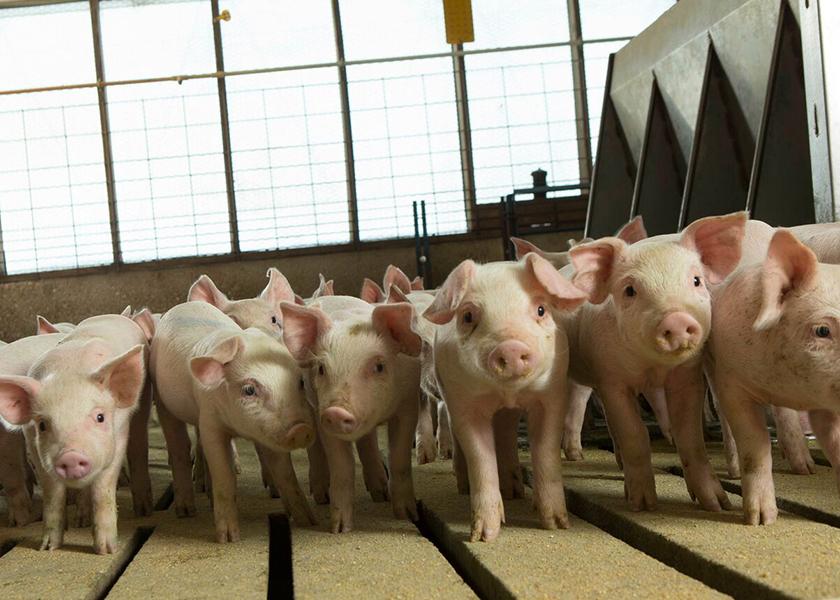Researchers Trace Evolutionary History of Novel PRRS Lineage 1C 1-4-4

At the end of 2020 and in 2021, the swine industry witnessed massive porcine reproductive and respiratory syndrome (PRRS) outbreaks in the Midwest caused by the novel PRRS variant, L1C 1-4-4.
In the latest University of Minnesota Swine News, researchers provided an update on the evolution of this variant in comparison to other PRRS virus strains.
Understanding the evolutionary history of this virus strain is important, says Cesar A. Corzo DVM, associate professor and Leman Chair in Swine Health and Productivity at the University of Minnesota.
“Lots of people ask, ‘Where did this virus come from? How did this happen?’ This evolutionary information is key to understands virus origin and and invite people to work together and avoid further viral introductions and living with the virus in their herds as that increases the chances of recombinations leading to these massive outbreaks,” Corzo explains.
Key Research Findings
Research shows field isolates belonging to this variant were genetically highly similar. But questions still remain on how this variant unusually rapidly spread and led to important production losses. Previous studies demonstrate that virulence of PRRSV-2 is determined by several protein coding regions throughout the different genomic parts, researchers explain.
Because of this, analyzing the whole genome sequences of the L1C-1-4-4 variant is the first crucial step to understand how this virus differs from other circulating variants.
“Inferring a virus’s evolutionary origin from whole genomes is complicated due to recombination, which is an evolutionary mechanism by which genomic portions are exchanged between viruses. This contributes to the genetic diversity in the virus population and potentially leads to swift changes in virus characteristics,” the article says.
To identify whether the novel variant is a recombinant virus or not, researchers performed recombination detection on a set of whole genome sequences, including the recent outbreak L1C-1-4-4 variant and publicly available isolates collected in the U.S. over the past two decades. Sequences were classified into lineages. Three whole genome sequences fragments that exhibited low within-fragment recombination rates (partitioned according to recombination hotspots), were used to estimate the virus’s evolutionary history and ancestral inter-(sub) lineage recombination via Bayesian phylodynamics with discrete trait analysis, the researchers explain.
Phylodynamic models confirmed that the novel variant was a recombinant virus with a L1C-like genomic backbone.
“The variant diverged in late 2018 to early 2019, acquiring a non-structural protein 2 coding region from L1A like viruses through recombination. The closest relatives were two isolates belonging to L1C and L1A collected in 2018, both of which had a different recombination history than the novel variant (Figure 1),” the article says. “However, discrete trait analysis suggests that inter-(sub) lineage recombination events resulting in widespread transmission were relatively uncommon.”
Researchers include Nakarin Pamornchainavakul, Mariana Kikuti, Igor A. D. Paploski, Dennis N. Makau, Albert Rovira, Cesar A. Corzo, and Kimberly VanderWaal.
More from Farm Journal's PORK:
Are the Number of Cases of the New PRRS Variant on the Decline?
Is This Year’s PRRS Better or Worse?







